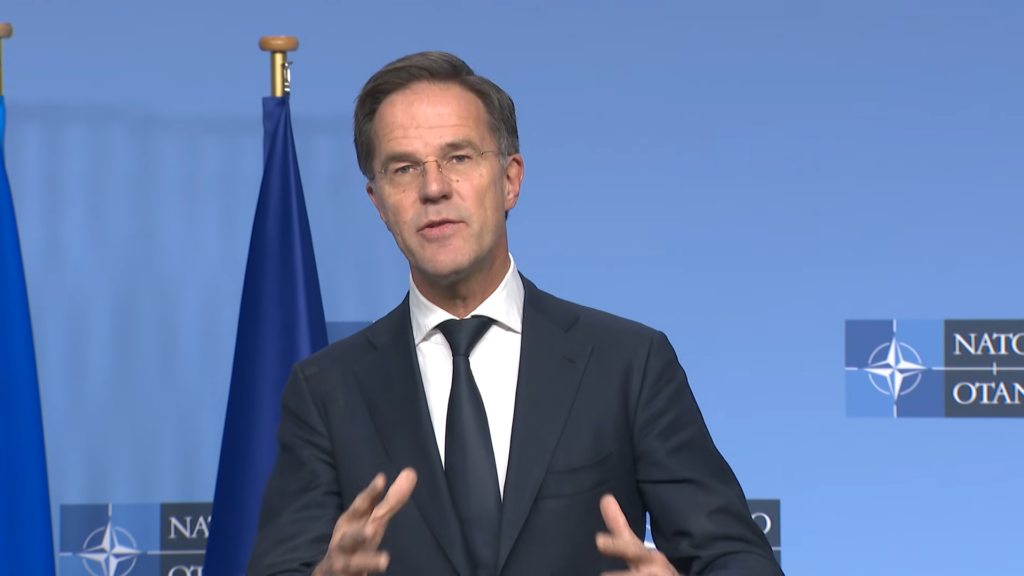Five-year window: NATO chief warns Russia could strike alliance members by 2030


Western security officials continue to assess that Russia is preparing for a protracted confrontation with NATO, according to recent intelligence briefings and statements from alliance leadership.
NATO General Secretary Mark Rutte disclosed on 9 June that intelligence assessments indicate Russia will produce 1,500 tanks, 3,000 armored vehicles, and 200 Iskander missiles in 2025. The production figures may include both new vehicles and refurbished equipment from Russia’s Soviet-era stockpiles, though Rutte did not specify the breakdown between these categories.
“Russia is cooperating with the People’s Republic of China, North Korea, and Iran and Russia is reconstituting its forces with Chinese technology,” Rutte said during the briefing.
The Institute for the Study of War (ISW) assessed on 9 June that Russia does not need to reconstitute its forces to pre-2022 levels before posing a threat to NATO states. According to ISW’s analysis, Russia could launch military operations against a NATO state before 2030.
Rutte also announced that Russia “could be capable of launching military operations against NATO within five years,” aligning closely with the ISW assessment timeline.
In response to these threat assessments, NATO defense ministers agreed on 5 June to increase air and missile defense spending by 400 percent. The spending increase aims to protect against large-scale drone and missile strikes similar to those Russia has deployed against Ukraine.
ISW reported on 8 June that Russian officials are establishing groundwork to exit international arms control agreements as part of preparations for potential military confrontation with NATO. The assessment indicates Moscow may exploit the ongoing Ukraine war to justify renouncing participation in additional international arms control frameworks as it prepares for expanded confrontation with Western powers.
Russia’s potential withdrawal from arms control mechanisms would eliminate key constraints on weapons development and deployment that have maintained strategic stability since the Cold War era, according to the ISW analysis.






